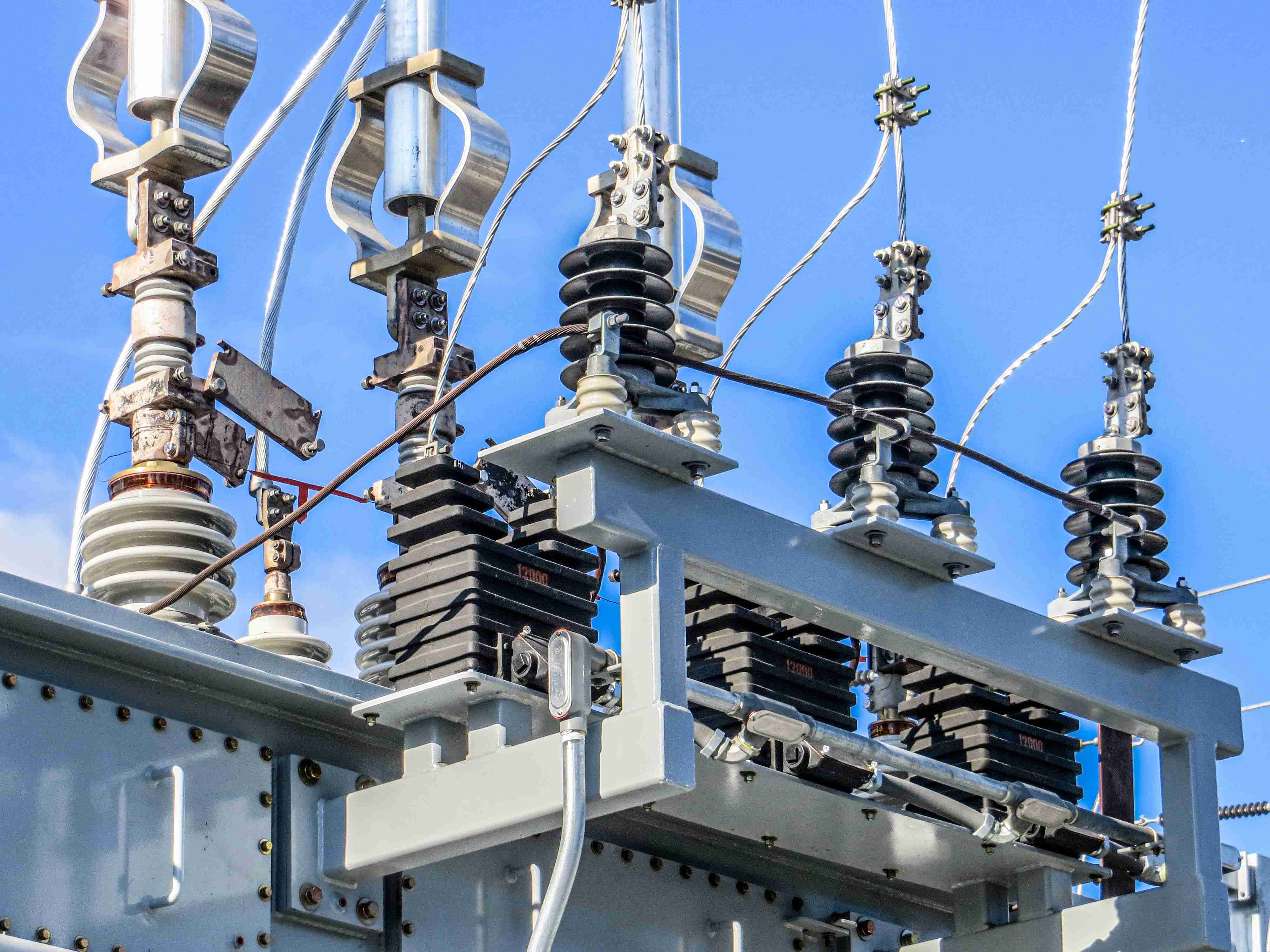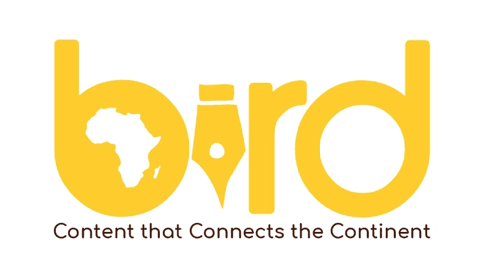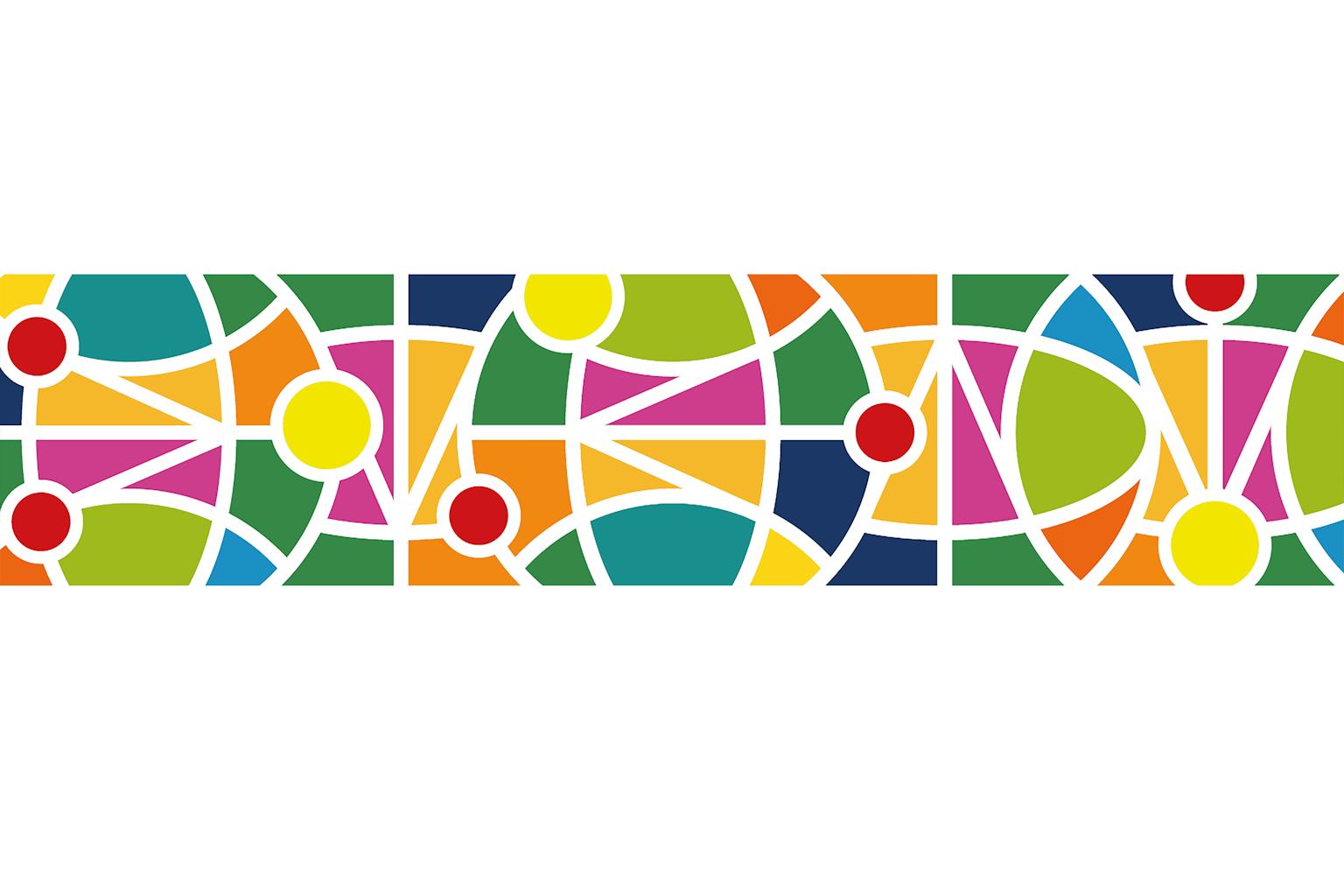In Africa's energy landscape, a game-changing strategy is taking shape: harnessing 'wheeling' to slash transmission costs by leveraging the national utility grid. According to an expert, this model will encourage more private power producers.

Bonface Orucho, bird story agency
Wheeling, an innovative power transmission approach, can significantly alleviate Africa's power woes, according to energy sector expert Derick Coetzer during a recent webinar.
"The ability to wheel onto the grid has led to quite interesting opportunities for private power producing companies … As a continent, we are very well placed to take advantage of this model," said Coetzer during a webinar hosted by the Africa Solar Industry Association (AFSIA).
Wheeling is the practice of allowing privately generated power to flow through the national grid to willing buyers in a seller-buyer model. Traditional wheeling models have centered on individual private power generators directly supplying a single off-taker linked to the national grid. However, recent iterations have evolved.
Coetzer, the co-founder and sales lead at NOA Group, emphasized that this model holds exceptional promise for Africa due to the continent’s abundant solar and wind resources.
Africa boasts of being home to 39% of the world's clean energy potential, according to IRENA, and the exploitation of renewable energy is on a rapid ascent across the continent.
In recent years, transmission and distribution infrastructure has received much less attention and investment than generation capacity. Yet both are necessary to achieve green industrialization in Africa.
The 2022 joint report by the International Energy Agency (IEA) and the African Development Bank (AfDB) reveals that the Transmission and Distribution (T&D) sector in Africa receives less than 2% of total energy sector investment. The IEA emphasizes that an annual investment of approximately $4 billion is required for T&D networks to adequately address Africa's escalating energy needs.
However, as Coetzer explains, wheeling has the potential to balance grid capacities while saving independent producers the burden of setting up new grids.
Establishing entirely new transmission lines is a costly endeavour, projected to escalate capital costs for a private producer by over 50%, according to the Africa Energy Portal.
Coetzer further explains that wheeling is especially executable on the continent given the rich renewable energy mixing potential, especially from solar and wind sources.
"While solar-only generation can cover approximately 30–40% of a client’s load, incorporating wind generation can boost that capacity to up to 70%," Coetzer revealed.
Already, the quest to leverage this transmission and distribution model is, in practice, gaining ground in different countries in Africa thanks to existing policies that have been in force for the past decade.
Several markets, including Egypt, Morocco, Algeria, Tanzania, Kenya, and Malawi, among others, all have policy frameworks that support wheeling.
The success story of wheeling is particularly evident in Egypt, whose Renewable Energy Law of 2014 opened up IPPs to use the national grid for transmission.
Between December 2015 and December 2018, a total of 28,229 MW was added to the grid, resulting in a total installed capacity of 55 GW, propelled mainly by renewables, whose transmission has been facilitated by the wheeling framework. Similar remarkable strides have been made in other successful markets in terms of electricity access, such as Algeria.
Power-hungry South Africa is hastily taking on this model to aid with the distribution of electricity to households, commercial, and industrial segments. The country has been hit hard by aging generation infrastructure and faulty new coal-burning stations that regularly dump users in the dark.
The national utility, Eskom, indicates on its website that it plans to introduce virtual wheeling. This advanced version of conventional wheeling will enable a third-party trader to aggregate power from various private generators and transmit it through the national utility grid to multiple off-takers.
Already, different parties have launched pilots seeking to identify any underlying gaps ahead of a full rollout in the future.
Telecom giant Vodacom, for example, recently inked a virtual wheeling agreement with Eskom enabling the telecom company to aggregate power from its 15,000 low-voltage generation sites and distribute it to various locations on the grid.
Cape Town Municipality also recently launched a pilot wheeling program as part of a set of measures to reduce load shedding by having private generators involved in meeting energy needs.
bird story agency





